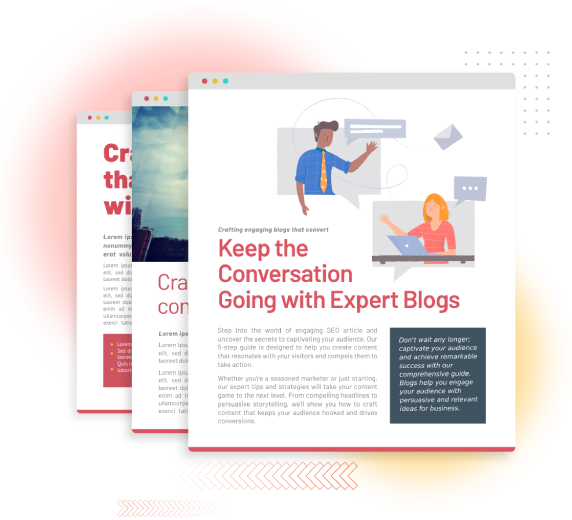
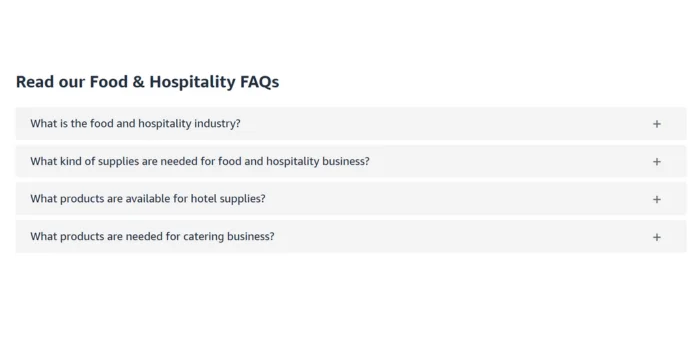
Everyone writes blogs these days, so how is yours going to stand out and make an impact? To create a blog that truly connects with your audience, improves SEO, and builds authority, you need more than just a few scattered posts. The real difference lies in the variety of your content. By mixing up the different types of blog posts you publish, you can capture interest, attract a broader audience, and accomplish multiple goals.
Using different types of blog content creates interest, draws a larger audience, and helps you achieve multiple objectives, from education to engagement. If you’re looking to create a balanced blog with variety, here’s a breakdown of the different types of blog posts that can enhance your content strategy.
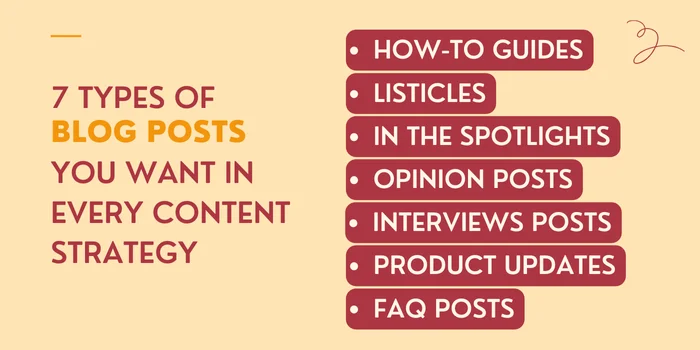
How-to guides are the ultimate go-to among the different types of blogs for solving a problem step by step. They’re perfect for tutorials or any content that needs a clear, practical breakdown. Want to rank high in search results? How-to posts are just what people are searching for.
Just think about all those times you've typed “how to” in a search bar. These blogs types offer a different approach by focusing on providing direct solutions, making them highly effective. For instance, a post on “How to Build a Social Media Strategy from Scratch” isn’t just for social media pros. It’s valuable for marketers, business owners, influencers, and anyone looking to grow online.
Here’s an example of a well-crafted "how-to" guide blog by Lexiconn.
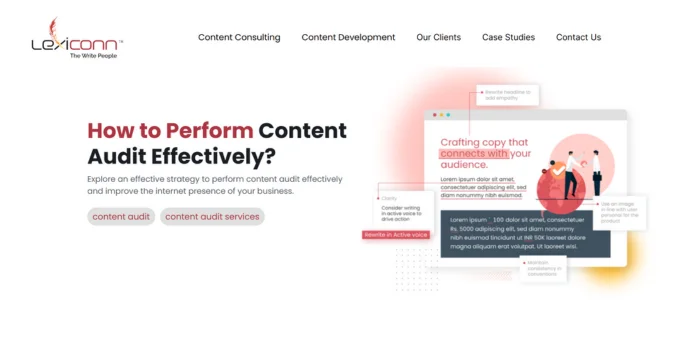
Wondering where to start? Narrow it down! Instead of trying to tackle a broad topic like “How to Market a Business,” get specific and actionable. Try something like “How to Create a Social Media Strategy for Small Businesses.” Picking a focused topic helps readers find exactly what they need.
A clear format makes a guide easy to follow. Start with a step-by-step approach, with each part separated by headers. Use subheadings and bullet points to keep things easy to scan and more reader-friendly.
Don’t just say, “Define your audience”—explain the why behind it. “Why is defining your audience so crucial? Because it helps create content that actually connects with them, building a loyal following and boosting engagement.” Doesn’t that make more sense?
Are there parts that could use a little extra clarity? Screenshots, diagrams, and even short video clips go a long way in helping readers understand. Visuals also break up long chunks of text, making your guide easier and more fun to read.
Toss in some expert tips to take it up a notch. Readers love learning time-saving hacks, common mistakes to avoid, and small tweaks that can make a big difference. It’s like sharing insider knowledge to help them succeed.
To reach a broader audience, your guide should be SEO-friendly. Think about the words your audience would type in to find help with their issue. Are there keywords you could add naturally to the text? Getting your guide to rank well means more readers will find it when they need it.
Listicles are popular among the different types of blogs for a reason—they’re fast, engaging, and give readers exactly what they’re looking for in a few bites. Think of them as the perfect content snack for busy readers who want information quickly. Plus, they’re highly shareable, which can bring in a wider audience.
Let’s say you are writing a listicle like “10 Tools Every Marketer Should Know About” or “5 Easy Tricks to Organize Your Day.” What do you think readers would find most helpful about this format? The straightforward answers, of course! Listicle blog types offer a different approach by getting right to the point without fluff, so readers can skim through and pick up tips without committing too much time.
Curious about how a listicle blog might look? Here’s an example of one of Lexiconn’s different types of blogs.

People love numbered lists because they know exactly what they’re getting. And because each point is short and scannable, readers stay engaged from start to finish.
Among the different types of blogs, these posts deliver important, timely news that matters to your audience. They keep readers engaged and excited by highlighting updates such as industry changes, new product launches, or company milestones. Sharing this type of content shows that your brand is current and constantly progressing.
This different type of blog content helps you stay connected with your audience, keep them informed, and generate buzz for your brand. Here’s an example of a buzz post.
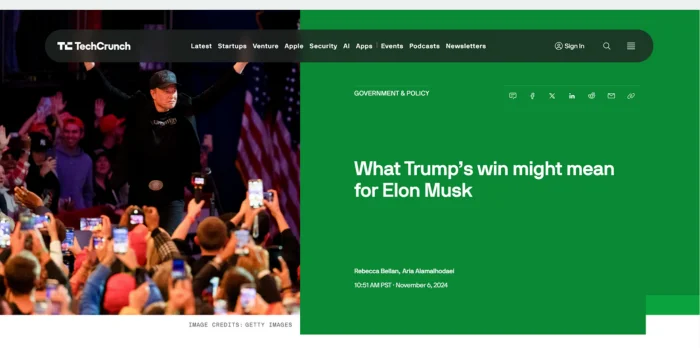
Wondering why opinion or thought leadership posts are on the list? This type of blog lets you share fresh ideas, challenge the status quo, and offer new perspectives. Position yourself or your brand as a forward-thinker, sparking conversations and inspiring others to think differently.
For example, you could discuss topics like the future of AI in marketing or sustainable business practices. These posts highlight your expertise, building credibility and authority. Sharing unique insights and predictions provides your audience with a reason to trust your knowledge while attracting a loyal following looking to you for inspiration and guidance.

Interviews and guest posts expand your reach and bring fresh perspectives. This format introduces new voices and ideas, offering insights your audience may not have seen before.
An interview with a thought leader or a guest post from an industry expert can add value and help you connect with new audiences who follow those contributors.

Want to keep your audience updated on product or service changes? Update posts focus on the latest features or improvements, showing that you're constantly enhancing to meet customer needs.
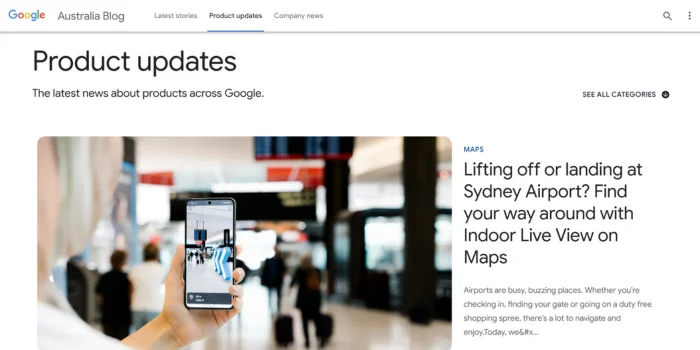
Ever wish you could find answers to all your questions about a product or service in one spot? Educational and FAQ posts are among the different types of blogs that do just that. They make it easy to get clear, direct answers to common concerns. These posts simplify complex topics, save time, and show your brand understands its audience.
You can also build trust and boost SEO by covering frequently asked questions, as people often search for answers to specific queries. Plus, FAQ posts lighten the load for customer support by handling routine questions, allowing your team to focus on bigger issues. Here’s an example of how Amazon has incorporated FAQs into their blog to provide clear answers and improve user experience.

Using different types of blogs in your content strategy can help you reach specific business goals. The key is to understand your audience and deliver blog content that aligns with their needs and interests.
If you're looking to improve your blog strategy with different types of blogs and maintain high-quality content, Lexiconn’s content writing services can help. Our team creates engaging and well-researched blog posts designed to attract readers and improve your online presence.
We offer a free pilot to show you how our content can make a difference. You can also book a free 30-minute consulting session to understand the different types of blogs we can offer you. Try it today and see how we can help bring your content to life!



I have read and accept the Privacy Policy
Read More